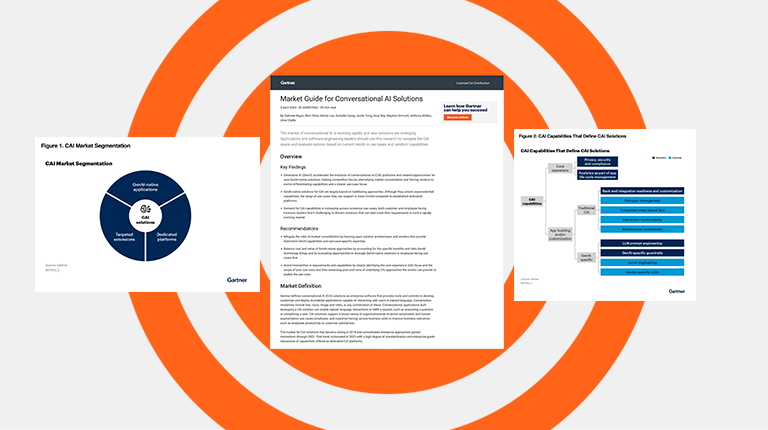The ROI of CX
Many companies claim to be customer-centric. But, to be truly obsessed with your customers, companies must take the leap and tie financial performance to CX. This type of mindset encompasses everything from how a company allocates resources, the strategic initiatives they take on, and the technology that they evaluate and deploy.
Customer-driven innovation is the most important type of innovation for a company, and it can also be the most lucrative. It’s hyper-focused on not just retaining customers, but creating brand promoters and repeat buyers, adding top line revenue and easing financial pressure. A recent study by NewVoiceMedia revealed that US companies face the consequence of losing an estimated $62 billion a year due to poor customer experience. The stakes are high– improve CX or lose revenue.
That’s where a CFO comes in. The business case for being CX-focused is actually pretty simple. Solving customer problems builds loyalty. Happy customers spend more money. Loyal customers engage with your brand more often, promoting new products or services to their networks. Satisfied customers are more likely to be references and are far less likely to switch to a competitor. A CFO needs to be involved in CX strategy because company performance depends on it. The CFO can then analyze the financial strengths and weaknesses of their CX strategy and make corrective changes as needed.
Don’t let the fear of additional costs harm growth
The cost of AI technology can send CFOs and their decision making teams into sticker shock. However, technology focused on automating customer experiences is worth the initial investment of budget, time, and resources. Investing in customer-driven automation gives companies the opportunity to focus on not just enhancing their top line revenue and getting customers to spend more, but also reducing costs.
Conversational AI is setting new standards for what it means to deliver automated customer service. An IVA can increase CSAT by an average of 10-20% and increase revenue. But, most importantly from the perspective of a CFO, IVAs have the ability to drastically reduce operating expenses. There’s no longer the need to rely on human agents to execute data-driven, transactional customer queries. When volume spikes, companies with Conversational AI don’t have to worry about increasing hiring plans because of the unlimited scale of IVAs.
Sure, the initial investment is daunting, but Conversational AI eventually pays for itself due to the consistent cost saving nature combined with the ability to increase top line revenue. This is every C-level executive’s dream–consistently decreasing costs, increasing top-line revenue, all while improving the overall customer experience.
And even more important, customers crave automation. They want the ability to self-serve when possible. According to Gartner, by 2023, customers will prefer to use speech interfaces to initiate 70% of self-service customer interactions, rising from 40% today.
The path to ROI in a technology investment starts with evaluating a company’s CX strategy and determining the best transactions to kick off the automation journey.
Data is gold
Automation across CX channels enables a tight connection of technology and a centralized view into the data related to your customer’s journey. Conversational AI can help identify patterns for improvement and drive decision-making for the most lucrative channels that could be ripe for automation. In the age of data-driven decision making, CFOs have the opportunity to transition from simply looking at reporting, to using this data to determine the next transaction type to focus on to drive additional cost savings. After deploying Conversational AI, CFOs find themselves in the lucky position of not just having real-time data, but also massive aggregations of customer data that will drive their future strategic moves.
CFOs must be innovation catalysts
CFOs are uniquely positioned to guide companies through digital transformation. They have the responsibility to think cross-functionally to determine the best financial decisions for their organization and to drive smarter business decisions for their customers. They are in charge of the bottom-line, setting financial targets, and budgeting, meaning that they are ultimately a major part of the evaluation process for any technology.
A CFO plays a larger role than just financing when it comes to Conversational AI solutions. With the right application, it can transform the role of a CFO and provide major benefits to the financial status of the company. To learn more about Conversational AI and it’s potential ROI, check out this whitepaper.



